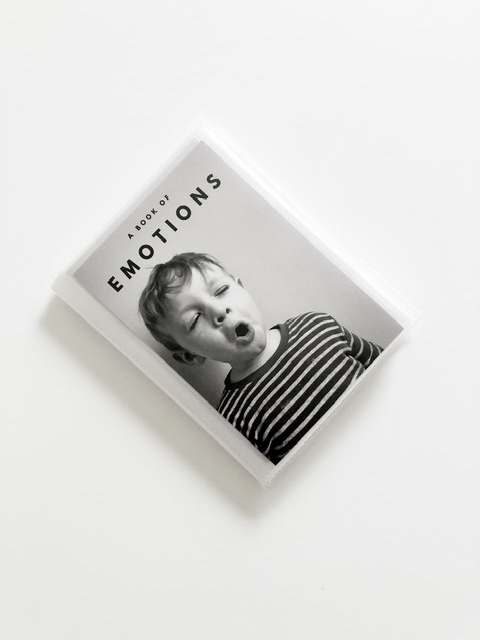
This project has been a long lingering item on my to do list, but now that it’s finished, I love flipping through the pages with the boys. It’s been such a simple, helpful tool for nurturing emotional growth in little ones.
Since Graham was a tiny baby, I’ve attempted to capture a spectrum of emotions with hopes of documenting the fleeting seasons. And the more that I documented, the more that I wanted to eventually put them into a book as a tool for building an emotional vocabulary.
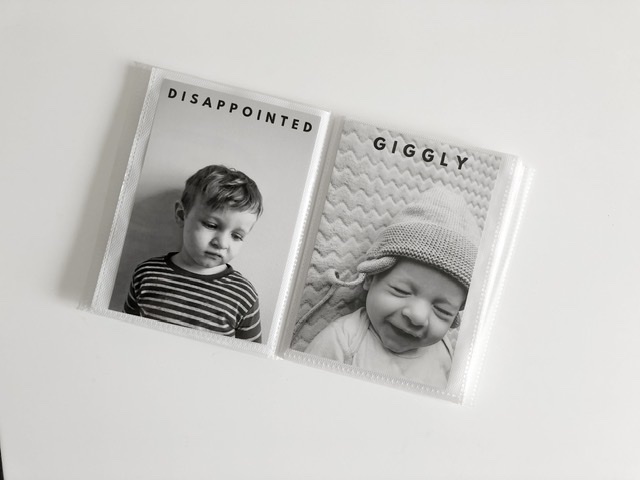
It’s been a priority for us from pretty early on to give him words for expressing what he’s feeling. We wanted to be sure that he was given language for the easy to identify emotions and feelings, but also for some of the more nuanced ones. And now it’s not uncommon for him to tell us that he’s frustrated or disgusted or disappointed or worried. And his own emotional self-awareness has been challenging us to practice better articulating what we’re feeling and experiencing. We’re learning a lot of this together.
In Atlas of the Heart, Brené Brown talks about the importance of having the right words when it comes to emotions, because knowing the right word to express how we’re feeling greatly increases the likelihood that we’ll experience the comfort of being understood. This is necessary for the sake of connection as well as for navigating how to best satisfy the needs that our emotions are bringing to our attention.
And so, we flip through the book here and there while we eat breakfast or snack. And for a two year old, I’m already really impressed by his ability to name what he’s feeling and also by the way that he initiates asking others what they’re feeling.

HOW A BOOK OF EMOTIONS HELPS TO ENCOURAGE EMOTIONAL GROWTH
When it comes to encouraging emotional growth and intelligence in children, I’ve found that it hinges largely on the practice of four key skills:
- Naming the Emotion/Vocabulary
- Processing the Emotion
- Expressing the Emotion
- Empathizing with the Emotions of Others
Creating a book of emotions is a wonderful tool for teaching emotional language because they’re a bit of an abstract concept. It’s certainly useful to offer language in the moment particular emotions are experienced, however some emotions are big and consuming and the child might not be particularly interested in new vocabulary words in those moments. A book offers another visual example of the emotions and feelings they experience, but removed from the overwhelm of a particular emotion.
This practice of naming and recognizing emotions can really be done with any story book. There are also books that specifically capture the facial expressions and words for emotions. All of these are useful, but I have found that children do love to look at pictures of themselves, so creating a book of them can be helpful for holding their attention a little longer.
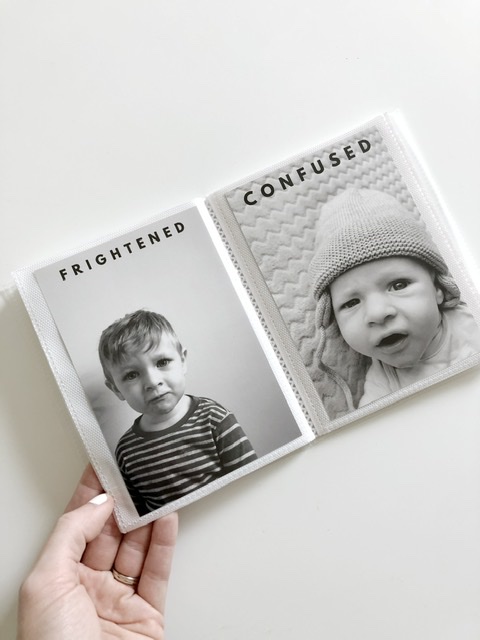
HOW TO MAKE A BOOK OF EMOTIONS
There are a few ways to approach making your own book.
I personally used Canva (a free app) to print the text of each emotion right onto the picture and then assembled them into an album. If you’re wanting something a little less technologically heavy, I’ve also created a simple printable with the text of several emotions and feelings that can be used in a few ways:
- You could print out photos and glue them to the cards and put them into an album.
- For slightly older children, you could go a more artistic and potentially abstract route and have them draw or paint what frustration/happiness/sadness/etc. looks like.
- You could also scour old magazines for emotions and use the cards as a sort of collage scavenger hunt.
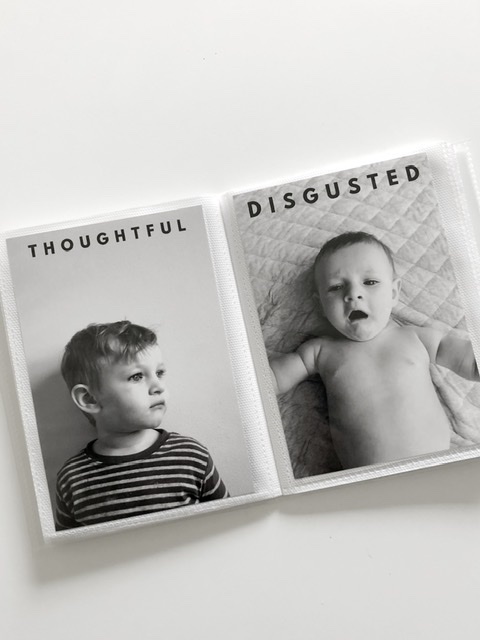
A LIST OF EMOTIONS + FEELINGS
If you choose to make your own book with text on the photos, I’ve listed out some helpful emotional/feeling words. (If you use the free printable below, most of these words are included.)
- Happy
- Delighted
- Joyful
- Excited
- Calm
- Content
- Relaxed
- Silly
- Confident
- Brave
- Loving
- Loved
- Energetic
- Kind
- Cheerful
- Goofy
- Giggly
- Loud
- Quiet
- Funny
- Playful
- Safe
- Thoughtful
- Focused
- Confused
- Disappointed
- Lonely
- Upset
- Annoyed
- Worried
- Afraid
- Frightened
- Scared
- Nervous
- Embarrassed
- Overwhelmed
- Sad
- Tired
- Disgusted
- Serious
- Angry
- Mad
- Frustrated
- Uncomfortable
- Friendly
- Shy
- Bored
- Mischievous
- Surprised
- Wild
- Exhausted
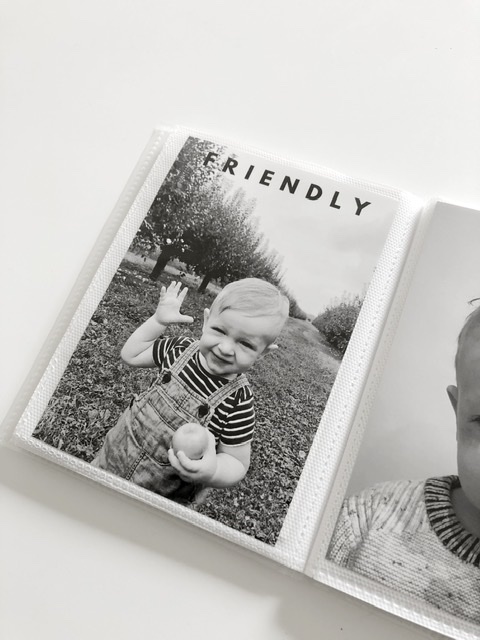
Tip: If you’re having a hard time getting your child to make different faces for photos, I found that it sometimes helps to ask them to make animal sounds. The little one I nanny is so sweet, almost every expression he makes looks cheerful. But asking him to roar like a bear or be quiet as a mouse or wild like a monkey helped to get a little more variety in his expressions.
If you make a book of emotions, I would love to see! Please share it with me @hollyyinger on Instagram.
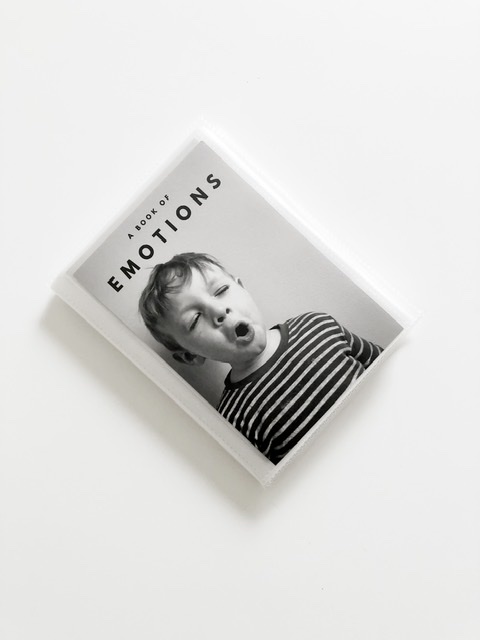
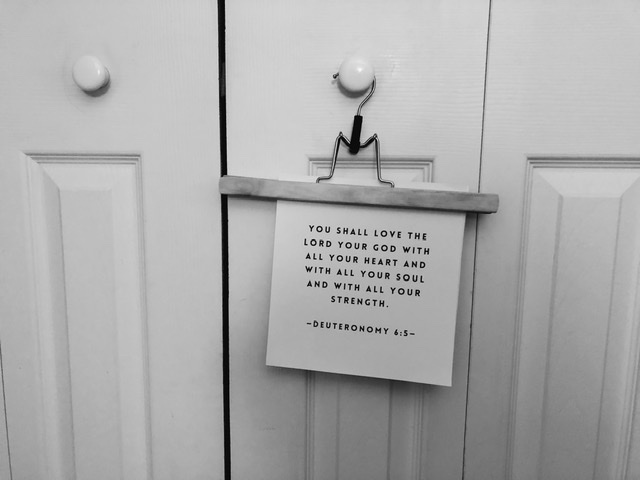

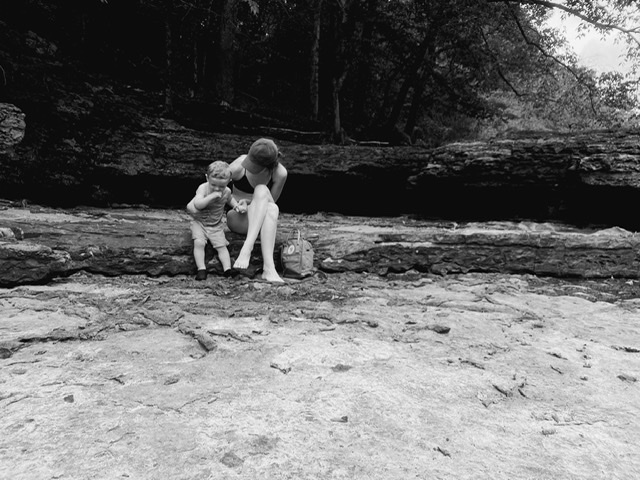
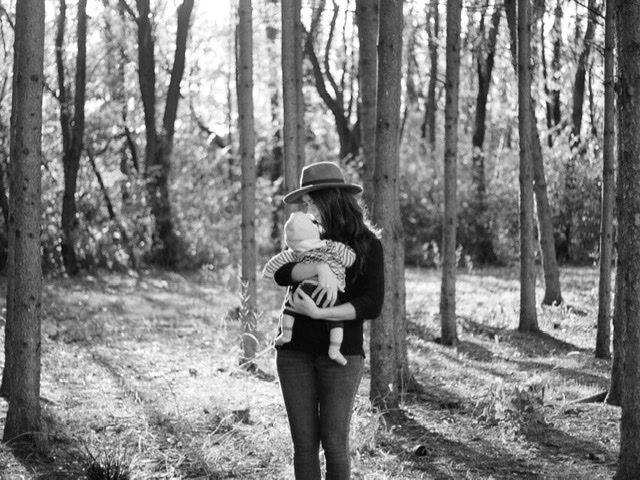

One Comment
Pingback: